Search
Remove Ads
Advertisement
Summary 
Loading AI-generated summary based on World History Encyclopedia articles ...
Search Results
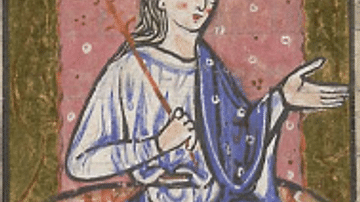
Definition
Aethelflaed, Lady of the Mercians
Aethelflaed (r. 911-918 CE) was the daughter of King Alfred the Great of Wessex (r. 871-899 CE) and became queen of Mercia following the death of her husband Aethelred, Lord of the Mercians (r. 883-911 CE). She is best known as the “Lady...
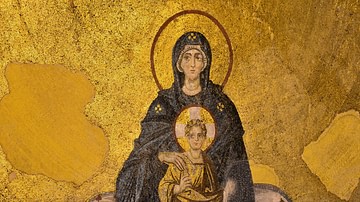
Article
Women in the New Testament
Women in the New Testament are presented for the most part along the contours of both Jewish and Greco-Roman concepts of the social construction of gender roles. Women’s value to society was in their role in procreation. There are some exceptions...
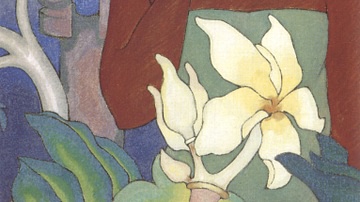
Image
Polynesian Woman and Tiki
Polynesian Woman and Tiki - oil on canvas painting by Arman Manookian, 1929 CE.
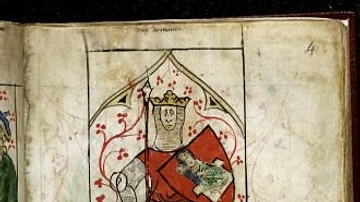
Image
King Arthur, English Manuscript
Miniature of King Arthur, holding a spear and a shield emblazoned with the Virgin and Child. 14th-century CE manuscript from England. Peter of Langtoft and others: Drawings with various inscriptions, distichs and poems (ff. 1-9v), verse...

Definition
Aethelwulf of Wessex
Aethelwulf (r. 839-858 CE) was King of Wessex, a region in modern-day Britain, son and successor to Egbert of Wessex (r. 802-839 CE) who had unified and expanded his kingdom with Aethelwulf's assistance. Aethelwulf fought at the Battle of...
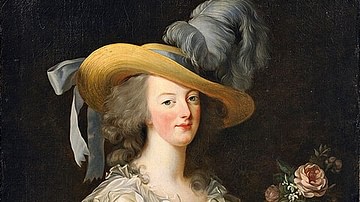
Definition
Marie Antoinette
Marie Antoinette (l. 1755-1793) was the queen of France during the turbulent final years of the Ancien Régime and the subsequent French Revolution (1789-1799). With the ascension of her husband Louis XVI of France (r. 1774-1792), she became...
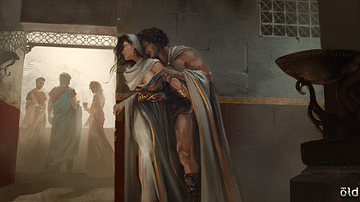
Article
Prostitution in the Ancient Mediterranean
Prostitution in the ancient world usually referred to a classification of women and men who offered their sexual services outside the parameters of law codes for ancient society. The word 'prostitute' derives from the Latin prostituere ("to...
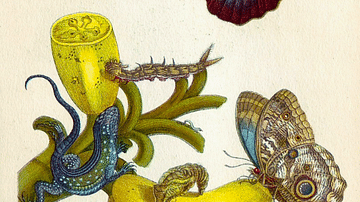
Article
Women Scientists in the Scientific Revolution
Women scientists during the Scientific Revolution (1500-1700) were few in number because male-dominated educational institutions, as well as scientific societies and academies, barred women entry, meaning that few had the education or opportunity...
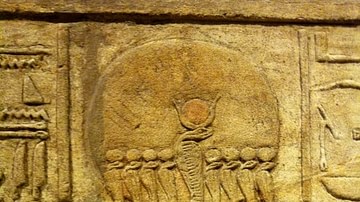
Image
Amun
Ram-headed Amun-Ra from ancient Egypt.
Ashmolean Museum, Oxford.